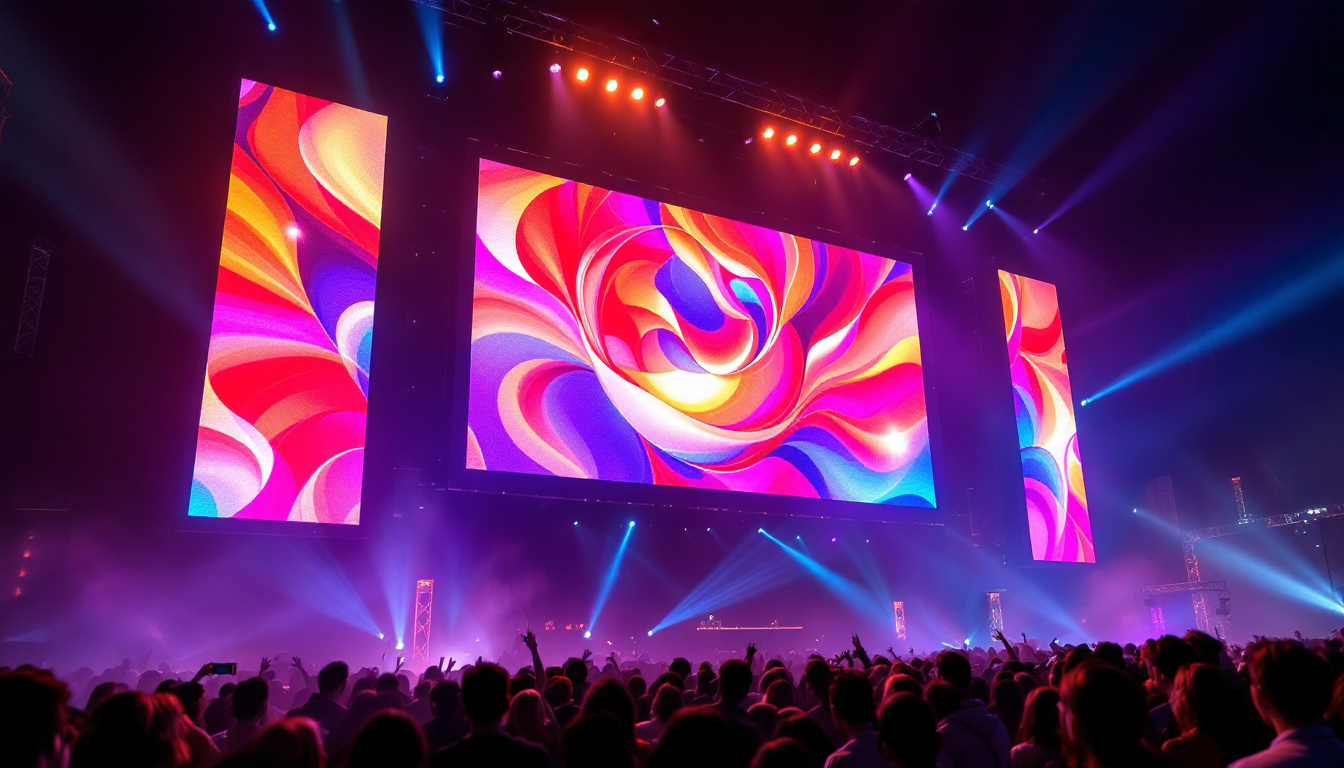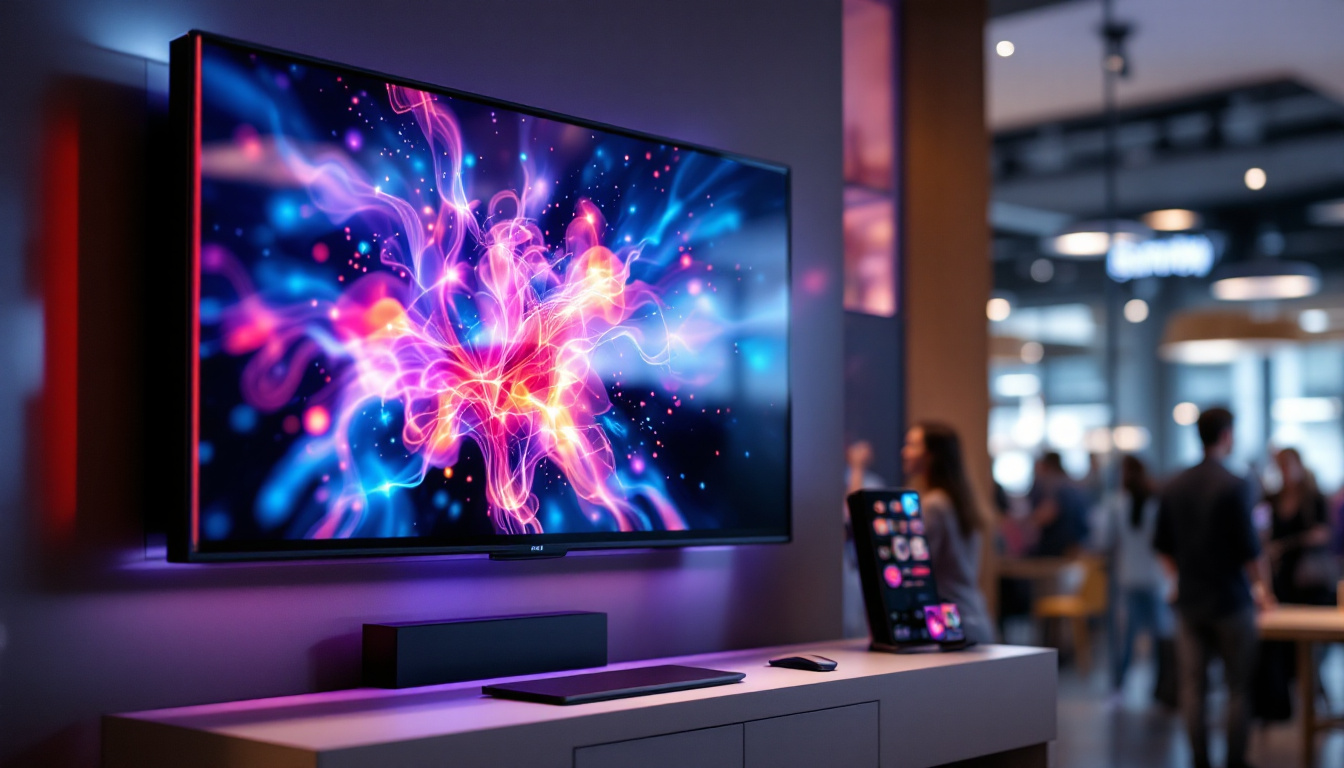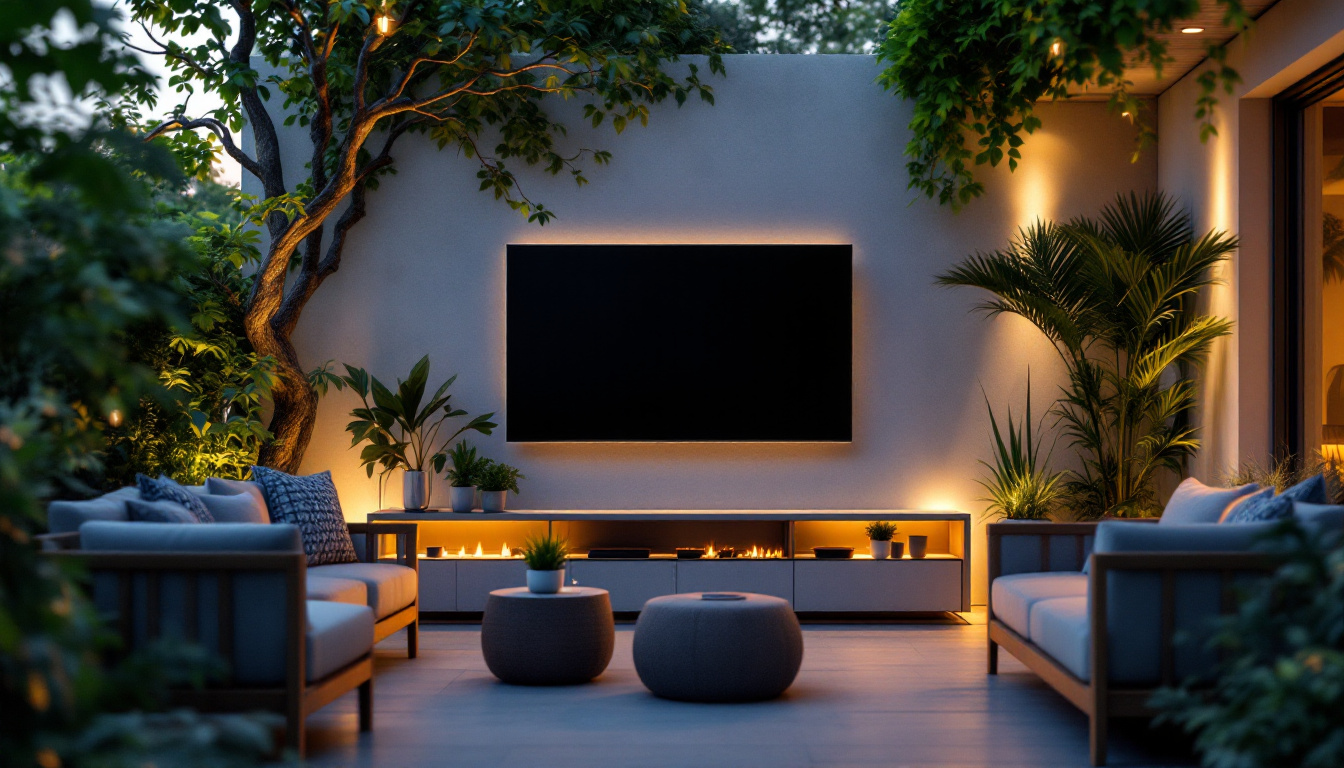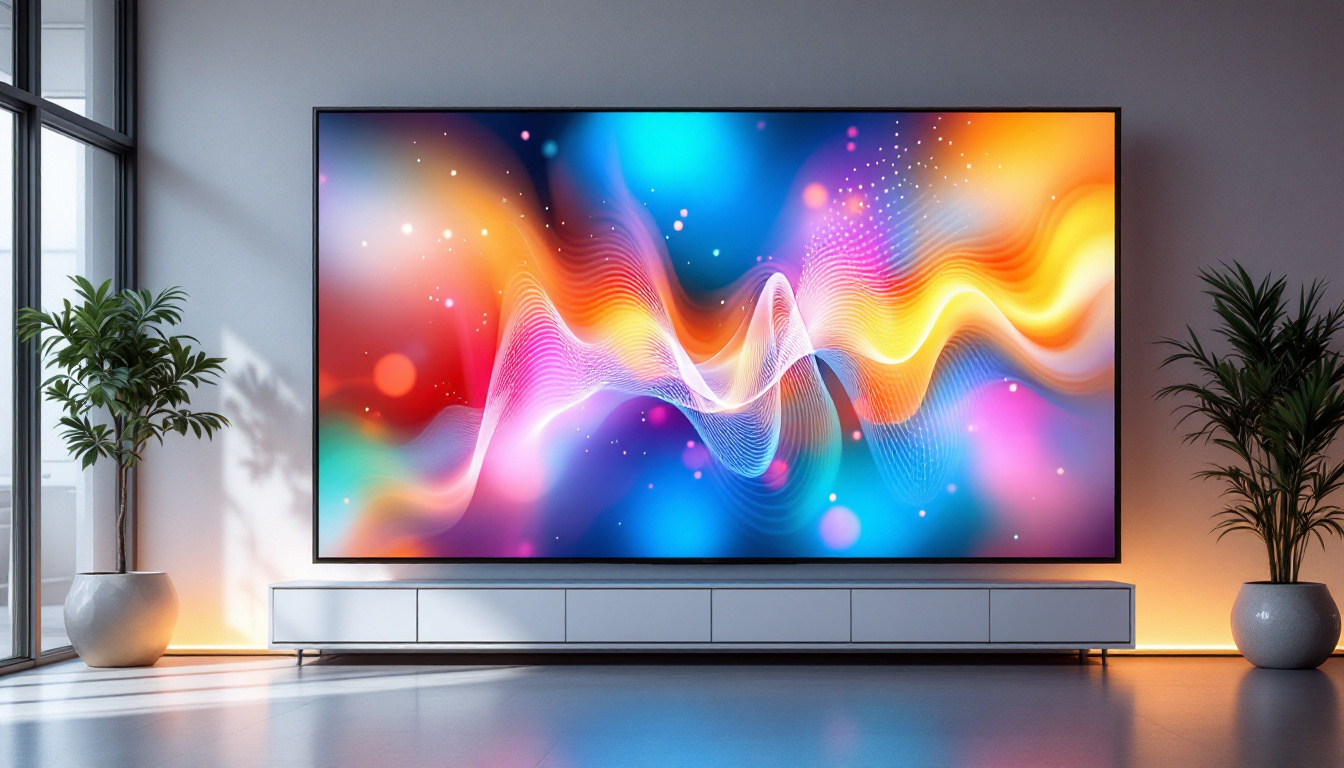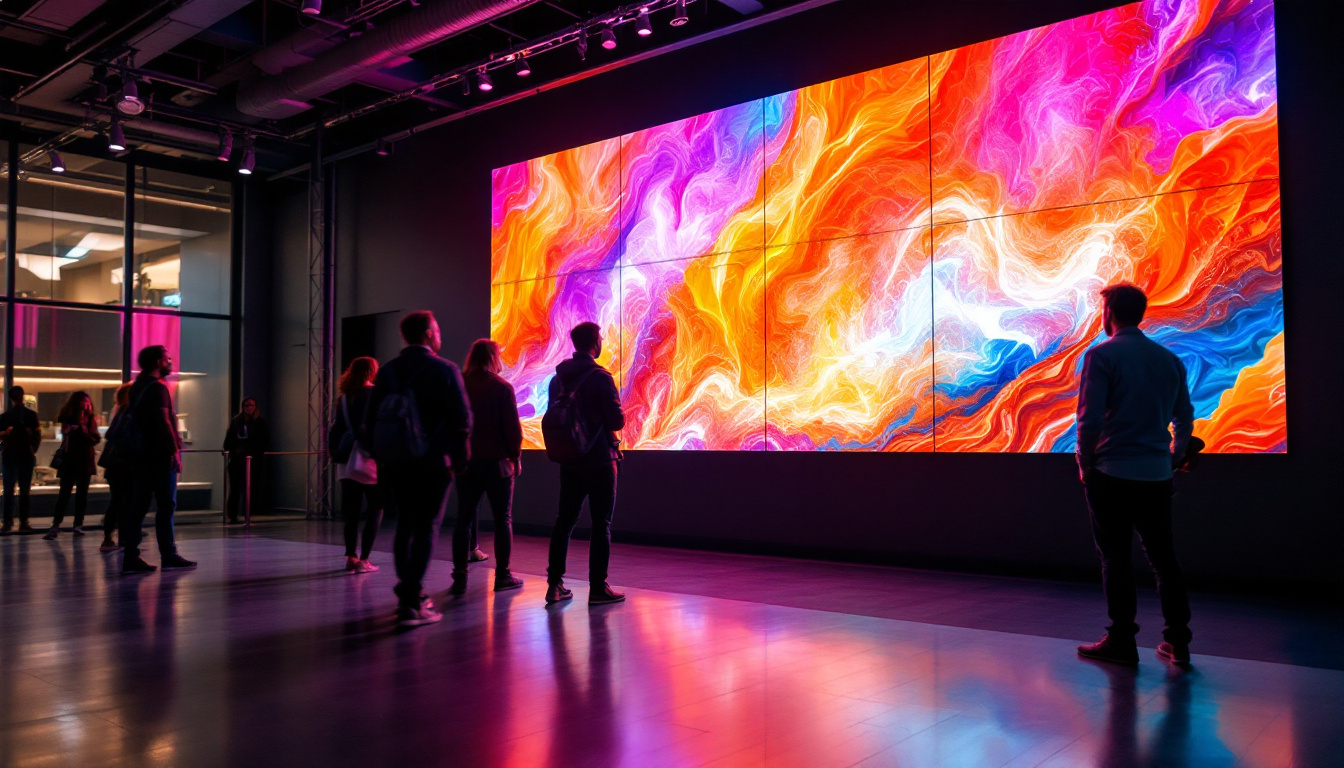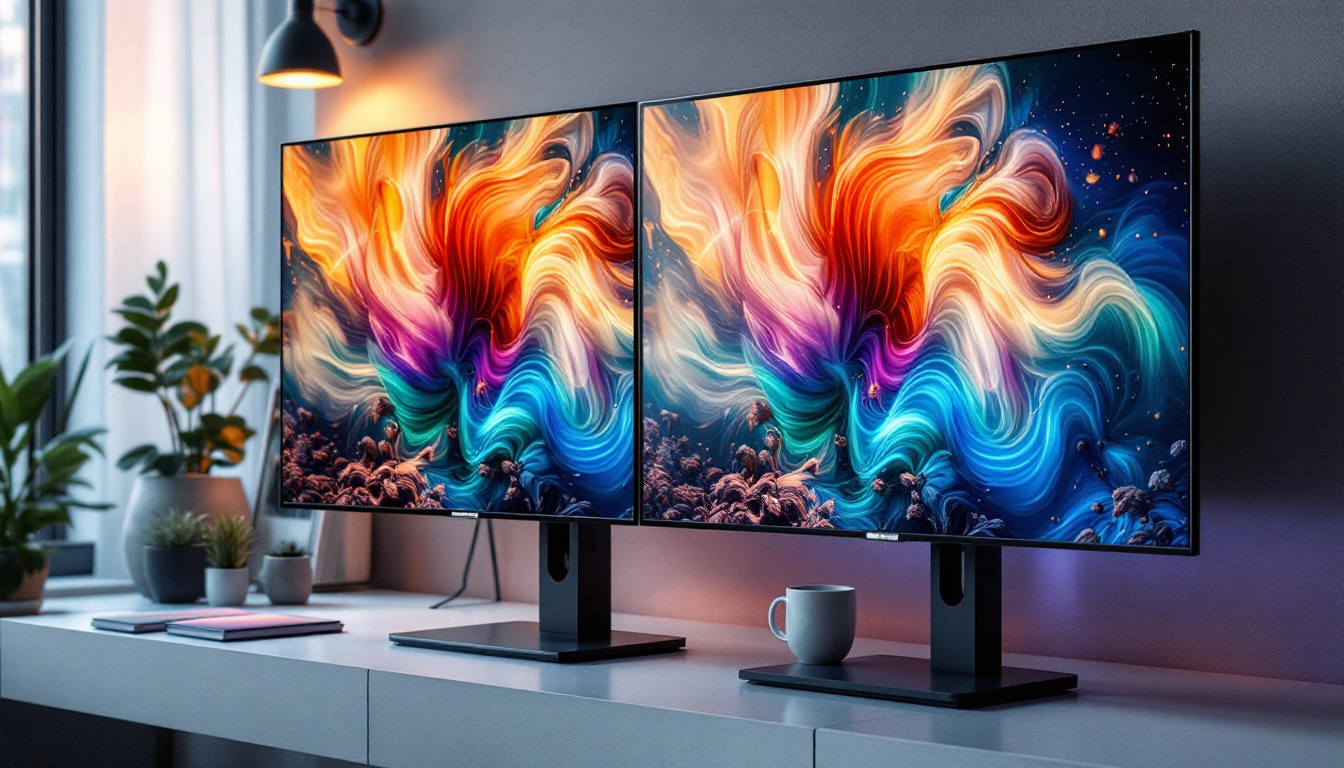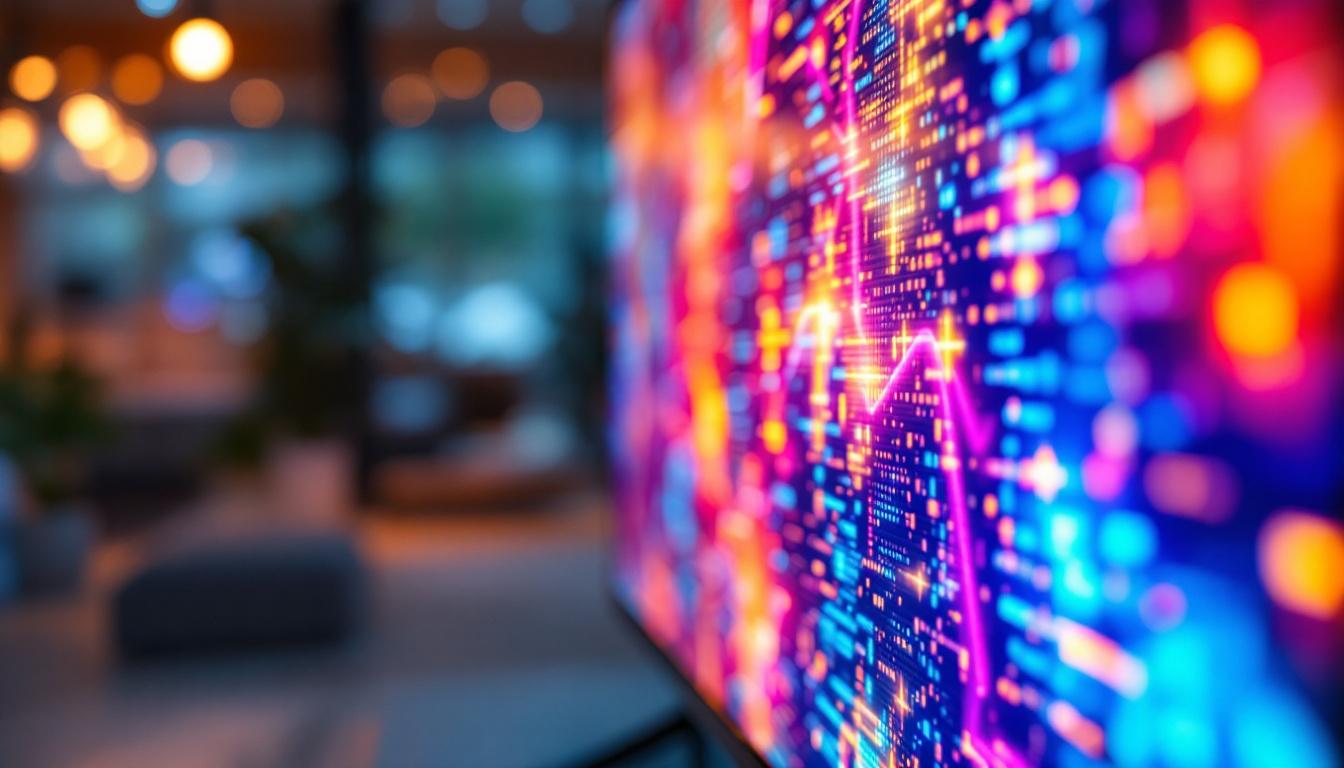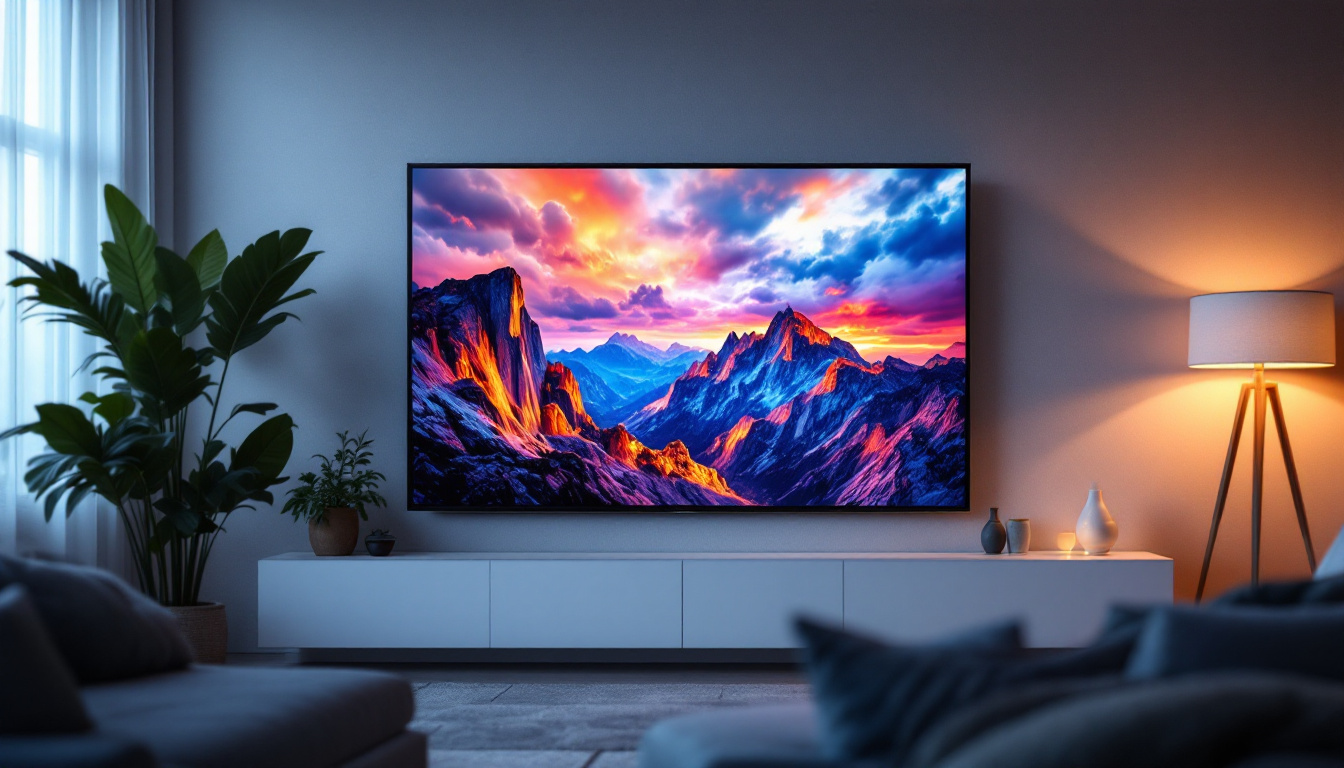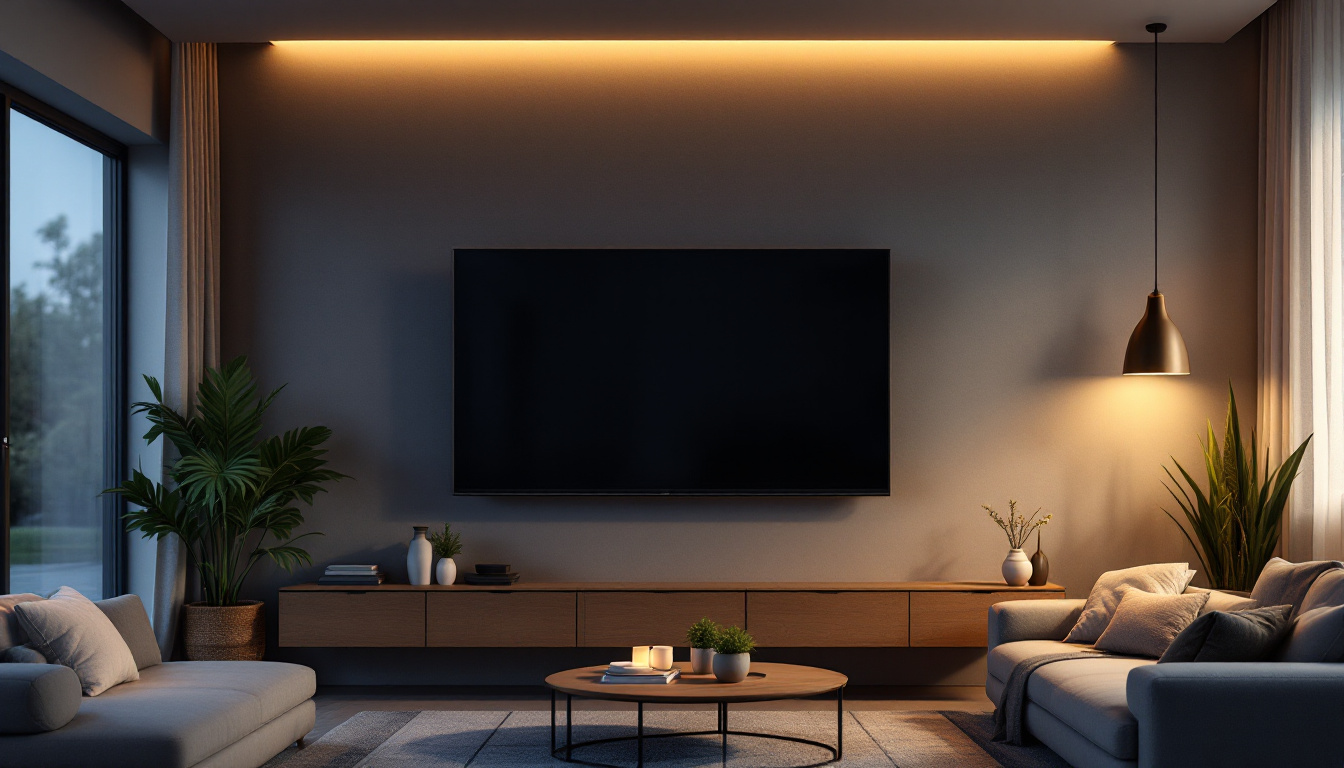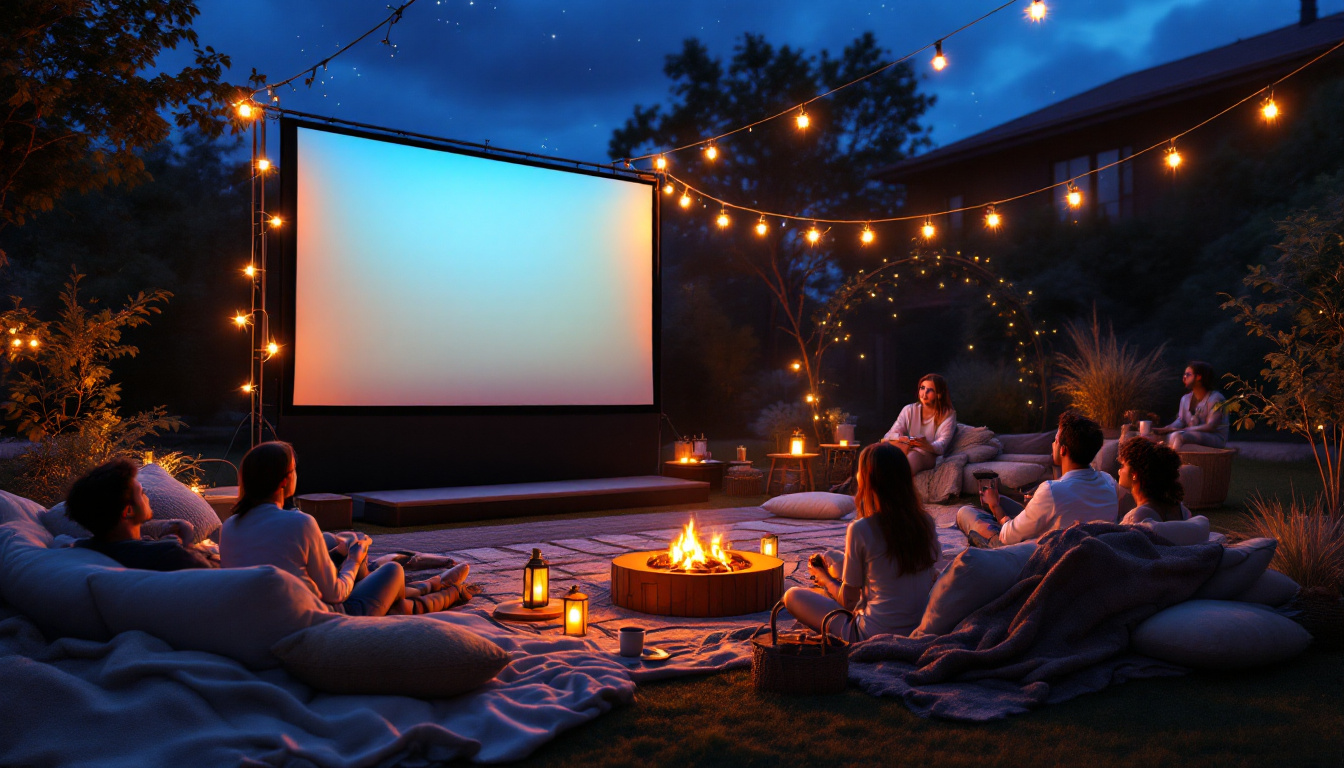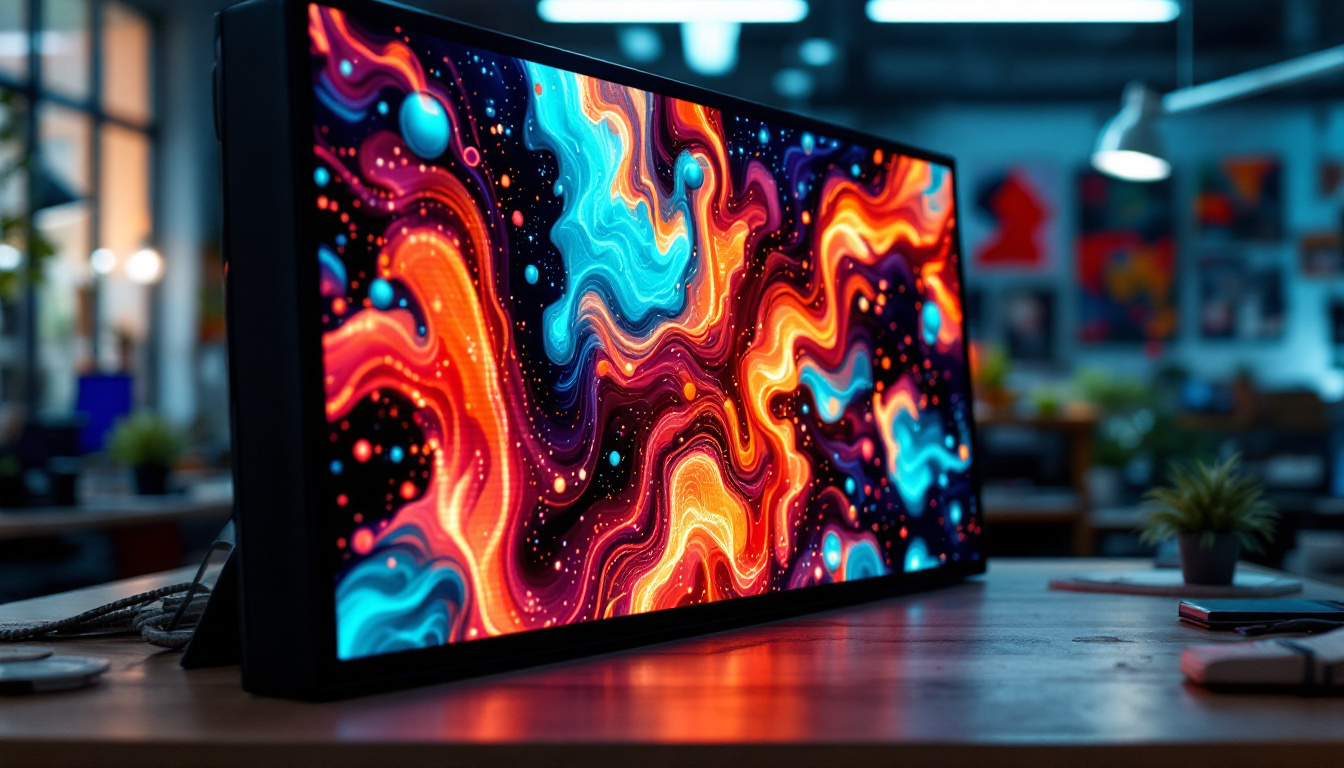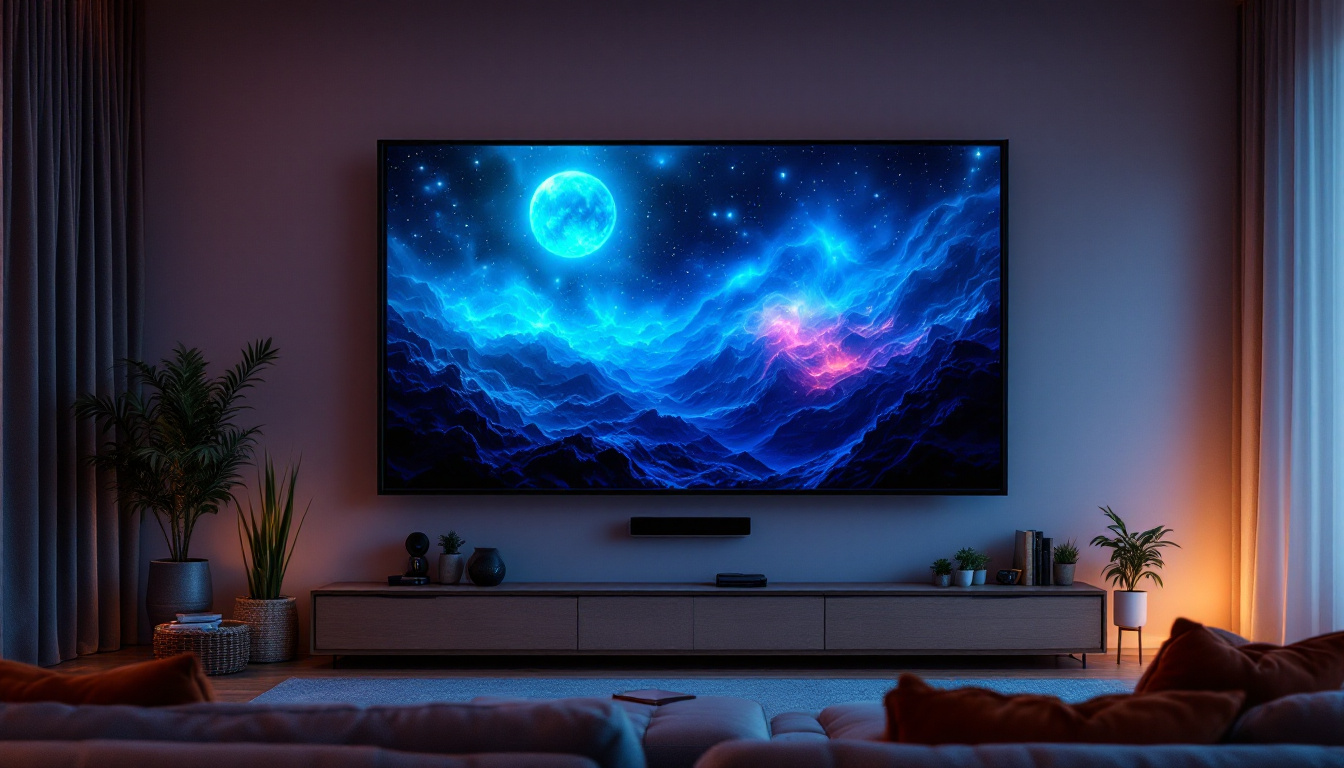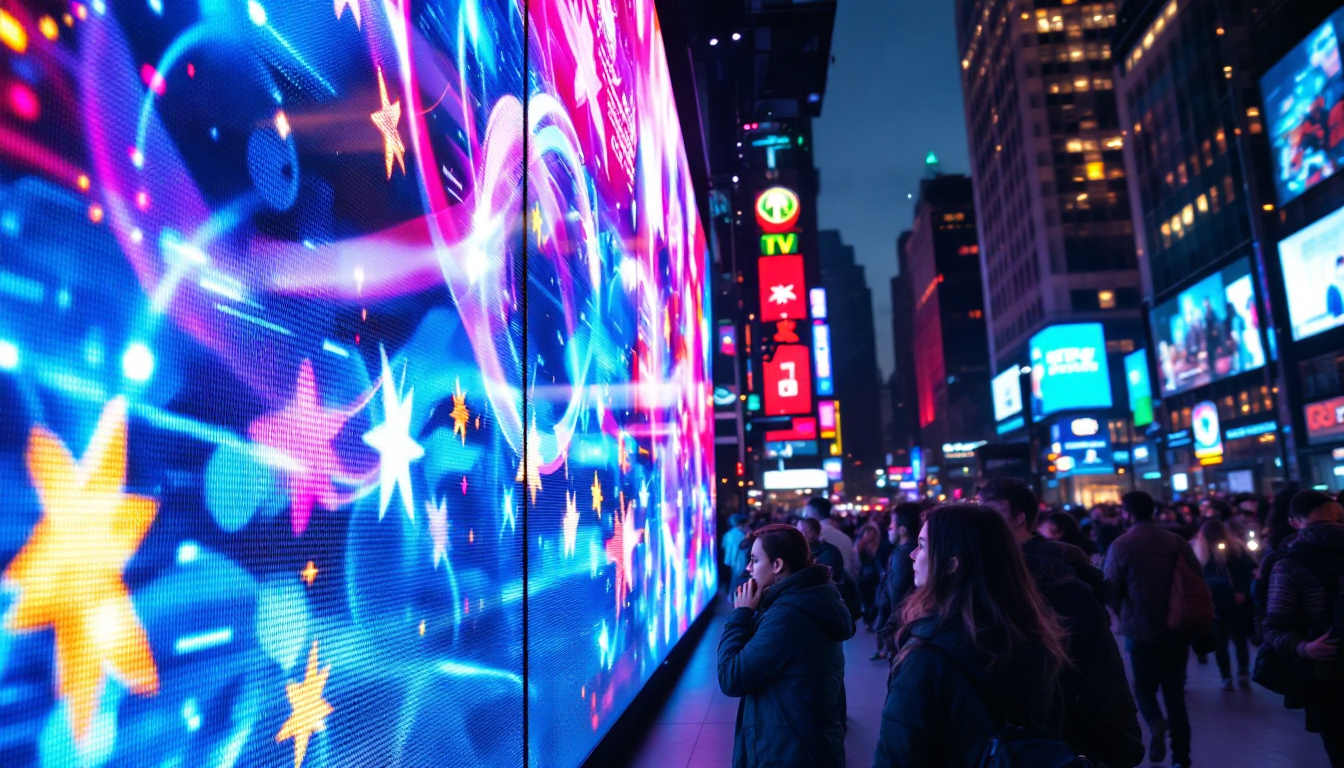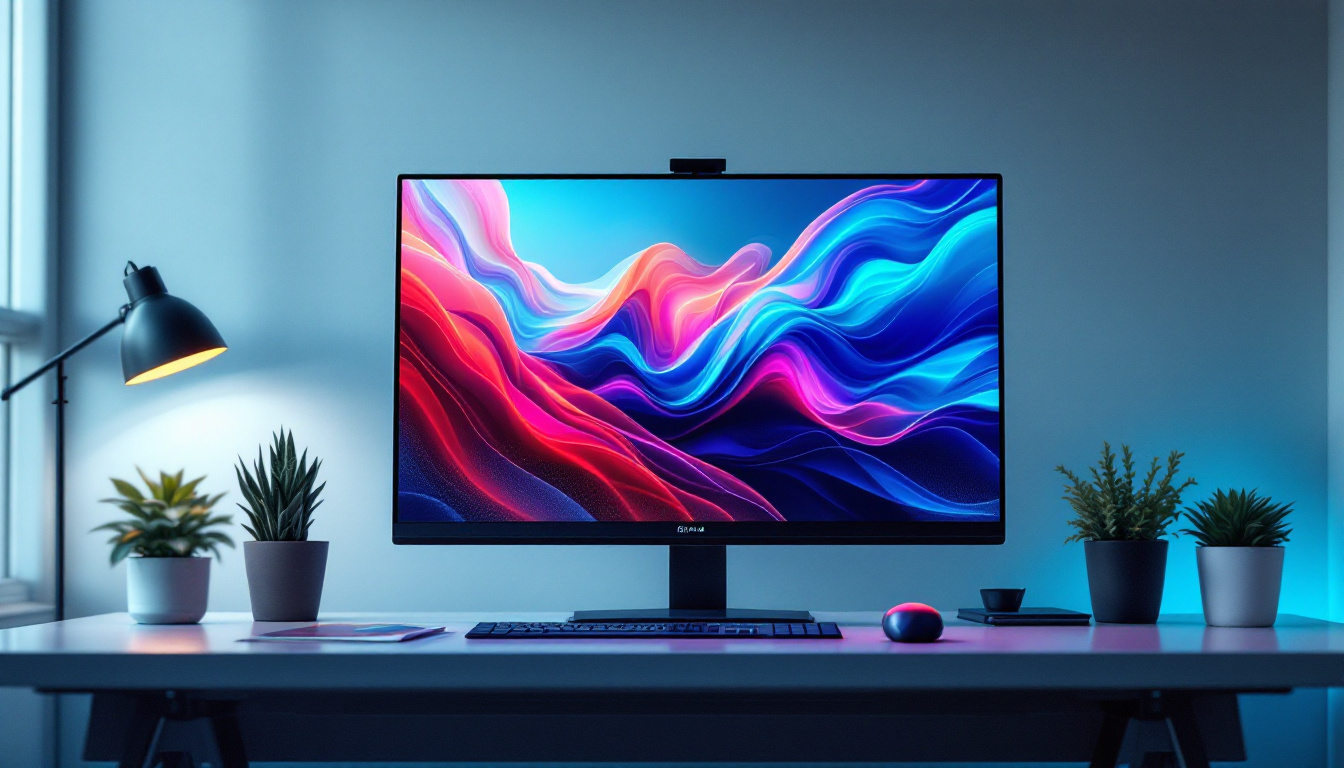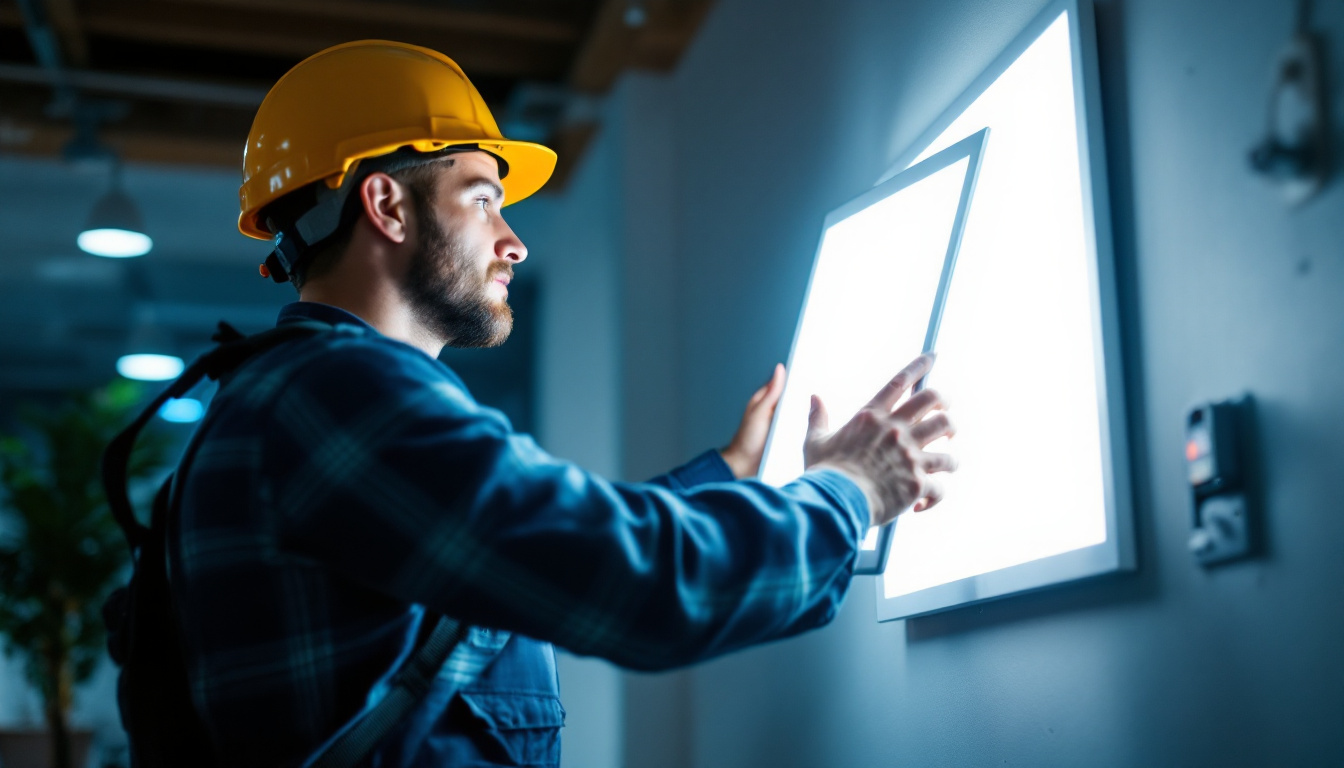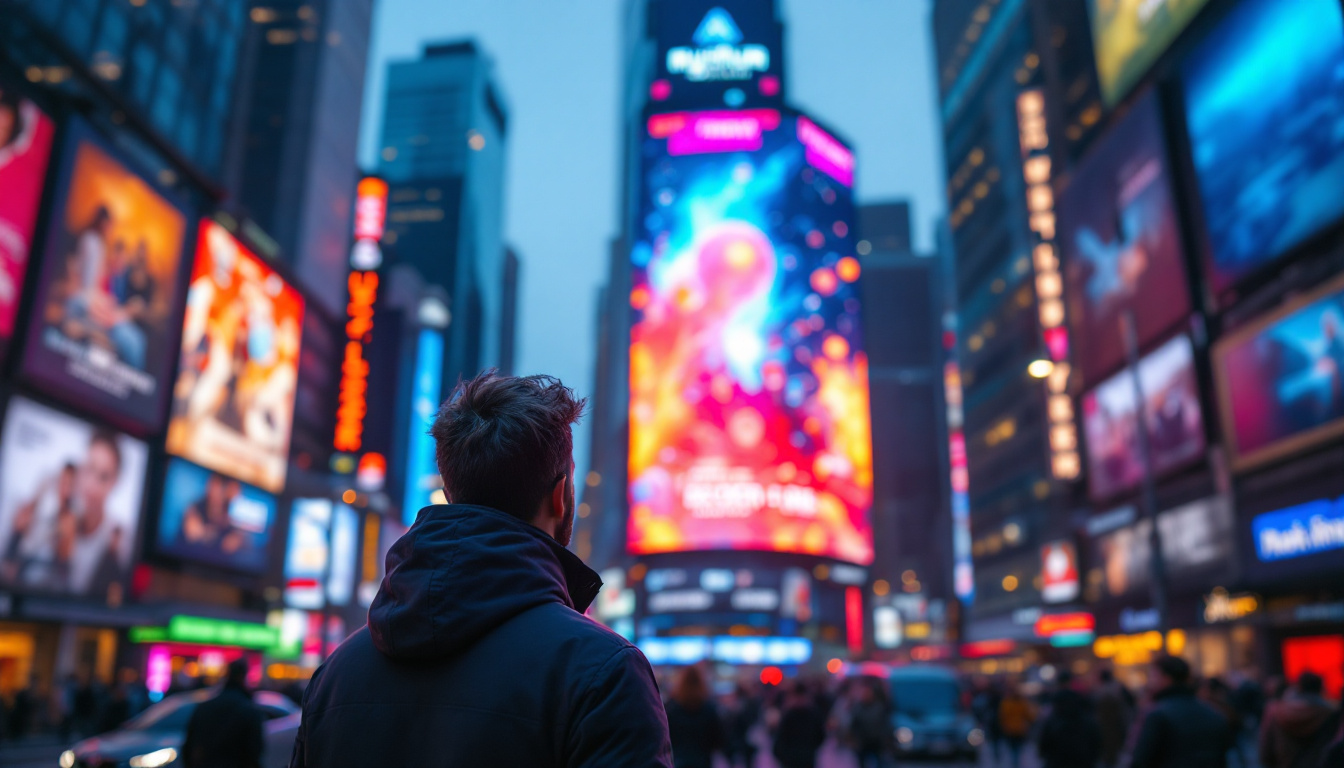In recent years, interactive floor projection systems have revolutionized the way businesses, educational institutions, and entertainment venues engage with their audiences. These systems combine advanced LED display technology with motion sensors and software to create immersive, dynamic environments that respond to human movement. This article delves into the intricacies of interactive floor projection systems, focusing on the role of LED displays, their technology, applications, and future trends.
Understanding Interactive Floor Projection Systems
Interactive floor projection systems are sophisticated setups that project images or videos onto floors, transforming ordinary spaces into interactive zones. Unlike traditional static displays, these systems respond to user movements, creating a tactile and engaging experience. They are increasingly popular in various environments, including museums, shopping malls, and educational institutions, where they serve to captivate audiences and enhance learning through immersive interaction.
At the core of these systems are three main components: the projection device, motion sensors, and the LED display technology. The projection device casts the image onto the floor, while sensors detect movement, triggering changes in the projected visuals. LED displays play a crucial role in ensuring the projected images are bright, vivid, and clear, even in well-lit environments. This combination of technology allows for a dynamic interplay between the user and the projected content, making each interaction unique and memorable.
How Do They Work?
The system typically involves a high-lumen projector positioned overhead, projecting interactive content onto the floor surface. Motion sensors, such as infrared cameras or depth sensors, track the movement of people or objects within the projection area. When movement is detected, the software processes this input and alters the visuals accordingly, creating a seamless interactive experience. This real-time response to user actions not only enhances engagement but also encourages physical activity, as users often find themselves moving around to explore the projected content.
LED display technology enhances this experience by providing high brightness and color accuracy, which are essential for maintaining image quality in various lighting conditions. The combination of LED displays and projection technology ensures that the visuals are not only interactive but also visually striking. Furthermore, many systems are designed to be customizable, allowing businesses and institutions to tailor the projected content to fit specific themes or events, thereby maximizing their impact. For example, in an educational setting, interactive floor projections can simulate environments like ocean floors or outer space, providing students with a captivating way to learn about complex subjects through direct interaction.
The Role of LED Displays in Interactive Floor Projection
LED (Light Emitting Diode) displays have become integral to interactive floor projection systems due to their superior brightness, energy efficiency, and longevity. Unlike traditional projection methods that rely solely on lamps, LED-based systems use arrays of LEDs to produce light, resulting in sharper and more vibrant images.
Brightness and Visibility
One of the primary advantages of LED displays is their high brightness levels. Interactive floor projections often occur in environments with ambient lighting, such as shopping malls or museums, where traditional projectors might struggle to maintain image clarity. LED technology ensures that images remain vivid and easy to see, regardless of surrounding light conditions.
For example, modern LED projectors can achieve brightness levels exceeding 5,000 lumens, making them suitable for large, well-lit spaces. This capability is crucial for maintaining user engagement, as dim or washed-out images can detract from the interactive experience. Furthermore, the adaptability of LED displays allows for dynamic adjustments to brightness based on real-time lighting conditions, ensuring optimal visibility at all times. This feature is particularly beneficial in environments that experience fluctuating light levels throughout the day.
Color Accuracy and Contrast
LED displays offer excellent color reproduction and contrast ratios, which contribute to the realism and appeal of the projected content. High contrast ratios help in distinguishing interactive elements from the floor background, making the system more intuitive to use.
Accurate color rendering is particularly important in applications such as educational installations or branded marketing campaigns, where precise colors can reinforce messaging and improve user comprehension. Additionally, the ability of LED technology to produce a wide color gamut allows for the creation of immersive experiences that captivate audiences. For instance, in a museum setting, vivid colors can enhance the storytelling aspect of exhibits, drawing visitors deeper into the narrative and encouraging exploration.
Energy Efficiency and Durability
Compared to traditional projection lamps, LEDs consume significantly less power and generate less heat, reducing operational costs and environmental impact. Their longer lifespan—often exceeding 30,000 hours—means less frequent maintenance and replacement, which is beneficial for installations in public or high-traffic areas.
This durability ensures that interactive floor projection systems can operate continuously for extended periods, supporting applications like exhibitions, retail displays, and public art installations without interruption. Moreover, the low heat output of LED displays contributes to a more comfortable environment for users, as it minimizes the risk of overheating in enclosed spaces. This aspect is particularly advantageous in interactive setups where participants are likely to spend extended periods engaging with the projections, as it enhances their comfort and overall experience.
Applications of Interactive Floor Projection Systems
The versatility of interactive floor projection systems has led to widespread adoption across various sectors. Their ability to engage users through movement and visual stimulation makes them ideal for environments seeking to enhance user experience and interaction.
Retail and Advertising
Retailers use interactive floor projections to attract customers and create memorable shopping experiences. For instance, fashion stores may project virtual runways or interactive product displays that respond to customer movement. This technology not only draws attention but also encourages longer dwell times, which can increase sales.
Advertising campaigns leverage interactive floors to deliver immersive brand experiences. By integrating gamified elements or dynamic visuals, brands can foster deeper emotional connections with consumers, boosting brand recall and loyalty.
Education and Museums
Educational institutions and museums utilize interactive floor projection to make learning more engaging and accessible. Interactive floors can simulate natural environments, historical events, or scientific phenomena, allowing visitors to explore content through physical interaction.
For example, a museum exhibit on marine life might project a virtual ocean floor where visitors can “swim” with animated fish, enhancing understanding and retention through experiential learning.
Healthcare and Rehabilitation
In healthcare settings, interactive floor projection systems assist in physical therapy and rehabilitation. Patients engage with projected games or exercises that encourage movement and coordination, making therapy more enjoyable and motivating.
These systems can be tailored to individual needs, providing real-time feedback and tracking progress, which helps therapists adjust treatment plans effectively.
Entertainment and Events
Entertainment venues and event organizers employ interactive floor projections to create captivating environments. Dance floors that respond to movement, interactive art installations, and immersive gaming zones are just a few examples.
These applications enhance audience participation and create memorable experiences, driving attendance and social media engagement.
Technical Considerations for Implementing LED-Based Interactive Floor Projections
Deploying an effective interactive floor projection system requires careful planning and consideration of several technical factors to ensure optimal performance and user satisfaction.
Projection Surface and Environment
The choice of floor surface significantly impacts image quality. Smooth, light-colored surfaces reflect projected light better, enhancing brightness and clarity. Conversely, textured or dark floors may absorb light, diminishing image visibility.
Environmental lighting conditions also play a critical role. While LED displays improve brightness, excessive ambient light can still affect projection quality. Controlling lighting or using high-lumen projectors can mitigate these challenges.
Sensor Accuracy and Responsiveness
The effectiveness of interactivity depends on the precision and speed of motion sensors. High-resolution infrared or depth sensors provide accurate tracking of user movements, enabling smooth and natural interactions.
Latency—the delay between user action and system response—should be minimized to maintain immersion. Advanced software algorithms and hardware optimization contribute to reducing latency.
Content Design and Software Integration
Compelling content is essential for engaging users. Designers must create visuals and interactive elements that are intuitive, visually appealing, and aligned with the system’s purpose.
Software platforms that support real-time rendering, multi-user interaction, and customization enhance the system’s versatility. Integration with other technologies, such as augmented reality or data analytics, can further enrich the user experience.
Future Trends and Innovations in Interactive Floor Projection Systems
The field of interactive floor projection is rapidly evolving, driven by advancements in LED technology, sensor capabilities, and software development. Several trends are shaping the future of this exciting domain.
Higher Resolution and Miniaturization
Emerging LED display technologies are pushing the boundaries of resolution and pixel density, enabling sharper and more detailed projections. Miniaturized projectors and sensors allow for more discreet installations, expanding the range of possible applications.
Integration with Artificial Intelligence
Artificial intelligence (AI) is being incorporated to enhance interactivity and personalization. AI-powered systems can analyze user behavior, adapt content dynamically, and provide tailored experiences based on individual preferences or demographics.
Wireless and Portable Solutions
Wireless connectivity and portable hardware are making interactive floor projection systems more flexible and easier to deploy. Temporary installations at events or pop-up exhibitions benefit from quick setup and teardown without compromising performance.
Sustainability and Eco-Friendly Designs
As environmental concerns grow, manufacturers are focusing on energy-efficient components and sustainable materials. LED technology’s inherent efficiency supports this trend, reducing the carbon footprint of interactive installations.
Conclusion
Interactive floor projection systems represent a compelling fusion of LED display technology, motion sensing, and creative software. Their ability to transform spaces into engaging, responsive environments has broad implications across retail, education, healthcare, and entertainment sectors.
Understanding the technical aspects of LED displays—such as brightness, color accuracy, and energy efficiency—is crucial for designing effective systems that captivate users and deliver meaningful experiences. As technology continues to advance, interactive floor projections will become even more immersive, personalized, and accessible, opening new horizons for interactive media and user engagement.
Discover LumenMatrix LED Display Solutions
Ready to elevate your space with the latest in interactive floor projection technology? LumenMatrix, a pioneer in LED display innovation, offers a wide array of solutions designed to bring your visual communications to life. From vibrant Indoor and Outdoor LED Wall Displays to dynamic Floor LED Displays, our products are crafted to captivate and engage your audience. Experience the future of immersive environments with LumenMatrix’s cutting-edge LED display modules. Check out LumenMatrix LED Display Solutions today and transform your space into an interactive wonderland.



